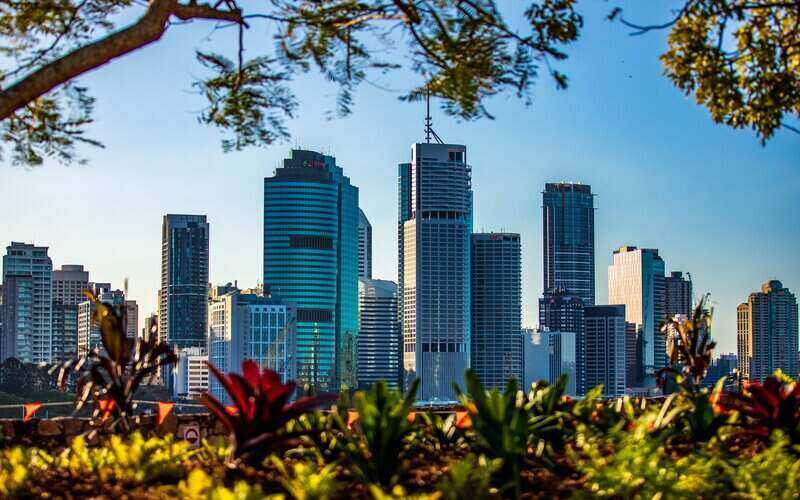
If one were to ask value watchers in 2018 which of Australia’s housing markets would be the most expensive in five years’ time, many punters may have answered ‘Melbourne’.
It’s likely that few would have predicted a pandemic would occur in 2020, or that said pandemic would help drive Brisbane house prices 50% higher in the years following.
Dwellings in the Sunshine State capital now demand a median price of $787,000, as of December 2023.
That’s higher than Melbourne’s median dwelling price of $780,000 – 11% higher than it was in March 2020.
It's the first time since 2009 that properties in the Victorian capital are valued less than its Queensland counterpart.
The Brisbane boom has been driven by the type of housing stock seen through the city, according to CoreLogic head of research Eliza Owen.
Interestingly, as the below chart shows, both Melbourne’s house prices and its unit prices are higher than those of Brisbane.
The reason that Brisbane’s median house price is higher than that of Melbourne is due to the fact that the former city’s house-to-unit ratio is higher than that of the latter.
When it comes to dwellings in Brisbane, nearly three-quarters are estimated to be houses.
Comparatively, more than a third of dwellings in Melbourne are believed to be units.
Additionally, the lifestyle on show in Queensland during the pandemic-period likely drew demand from the southern end of the nation.
“The normalisation of remote work for many professionals made interstate migration to Queensland more feasible, while Melbourne’s extended lockdowns from March 2020 through to October 2021 may have prompted people to leave the city,” Ms Owen said.
But the shifting divide between Melbourne and Sydney hasn’t been the only shift in rankings realised in recent times.
Perth saw its median dwelling value rise above that of Hobart in December, a few months after that of Adelaide did the same.
Though, nothing is set in stone.
While sellers in Brisbane remain in good stead, property price growth in the city has eased from 1.5% in October to 1% in December.
“As home values in the city continue to rise, there is less claim to Brisbane being relatively affordable, and some prospective interstate movers may decide to remain in their city,” Ms Owen said.
“Recent weeks have also demonstrated there is some added risk to pockets of the Brisbane property market from extreme weather and flooding, which could impact demand in the near term.”
SQM Research predicted 2024 would be a strong year for Brisbane house prices in November, tipping them to rise between 4% and 8%.
Melbourne house prices, meanwhile, were forecast to fall as much as 3% at worst case or rise 1% in best case.
Image by Brisbane Local Marketing on Unsplash.
Collections: Buying a home CoreLogic First Home Buyer Mortgage News Property News

 Fact checked
Fact checked

Share